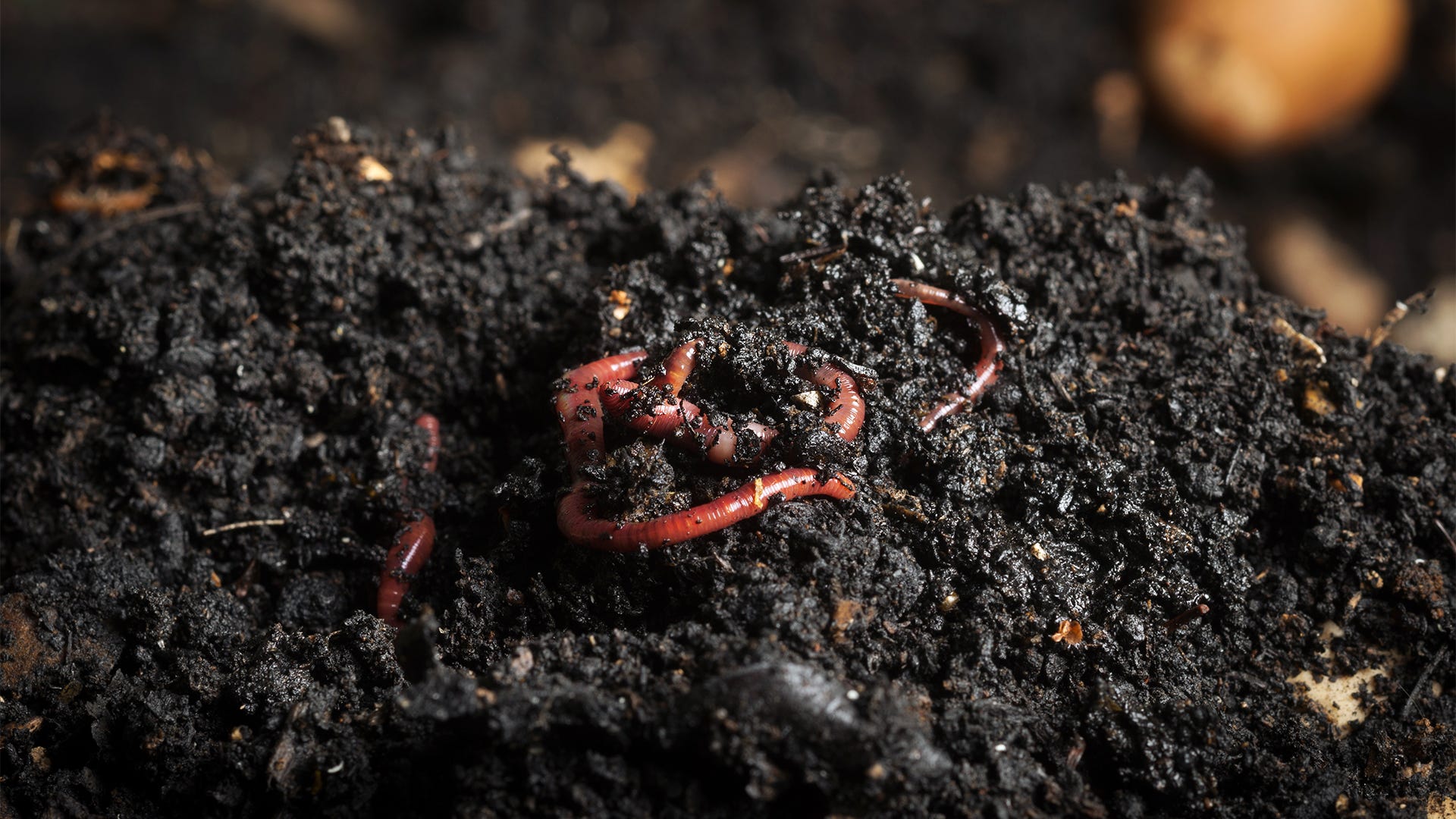Red Wiggler Worms - Natural Remedy for Eco-friendly Composting
Red Wiggler Worms Demystified: Unlocking the Keys of Vermiculture for Greener Living and Nutrient-Rich Dirt
In the world of lasting methods for enhancing dirt high quality and advertising eco-conscious living, red wiggler worms play a crucial yet often overlooked function. These simple animals possess the exceptional capability to transform organic waste into nutrient-rich spreadings that offer as a potent natural plant food. By delving into the world of vermiculture, one can discover a plethora of advantages that prolong much beyond conventional composting techniques. Understanding the intricacies of taking care of these worms, enhancing their setting, and using their castings can cause a greener lifestyle and much healthier dirt for plants to flourish.
The Role of Red Wiggler Worms
Red Wiggler worms play a vital duty in composting systems by effectively damaging down natural matter into nutrient-rich castings. These starved eaters consume a variety of natural products, such as cooking area scraps, yard waste, and paper products. As they feed, the worms' digestive processes break down the organic matter right into a penalty, dark, and nutrient-dense material referred to as worm castings or vermicompost.
The spreadings produced by Red Wiggler worms are extremely valuable for dirt health and plant development. They are abundant in important nutrients like nitrogen, potassium, and phosphorus, which are crucial for sustaining healthy and balanced plant growth. Additionally, worm spreadings include beneficial germs and enzymes that help improve dirt framework, rise water retention, and boost nutrient uptake by plants.
Benefits of Vermicomposting

It enhances dirt structure, improves soil aeration, and increases soil wetness retention. Vermicompost likewise improves the soil with necessary nutrients like potassium, phosphorus, and nitrogen, advertising plant growth and general dirt fertility.
Furthermore, vermicomposting assistances sustainable gardening techniques by offering a chemical-free and natural choice to artificial plant foods. Red Wiggler Worms. This ecologically friendly technique not only enriches the soil but additionally helps minimize dependence on unsafe chemicals, promoting a greener and much more sustainable means of gardening
Establishing a Worm Bin
When developing a worm container for vermicomposting, appropriate arrangement is important to make certain the success of the composting process. The primary step in setting up a worm bin is choosing an ideal container. This can be a plastic bin or wooden box that gives enough area for the worms to walk around and has correct drain openings to stop waterlogging. Next, a bedding material such as shredded newspaper, cardboard, or coconut coir should be included to the container. This bed linen gives a comfy environment for the worms and aids keep wetness degrees.
After adding the bed linen, introduce the red wiggler worms to the bin. The worms should then be offered with food scraps such as fruit and vegetable peels, coffee grounds, and eggshells.
Regularly check the wetness degrees and temperature in the worm bin to guarantee optimal problems for the worms. With proper configuration and upkeep, the worm container will properly transform organic waste right into nutrient-rich garden compost for your plants and garden.
Collecting Worm Spreadings
To efficiently collect nutrient-rich worm castings from your vermicomposting system, an organized harvesting approach is crucial. When it comes time to harvest the worm castings, there are a couple of essential actions to comply with to ensure an effective procedure.

Troubleshooting Common Issues
Recognizing and dealing with common challenges that may develop during the vermicomposting process is crucial for maintaining a healthy and effective worm bin. One common issue that vermicomposters experience is overfeeding. Adding excess food scraps can cause a buildup of dampness and level of acidity in the worm bin, possibly hurting the worms. To avoid this, feed the worms in moderation, making sure that the food scraps are sufficiently broken down before adding a lot more. An additional problem is undesirable odors originating from the worm bin. Foul smells indicate anaerobic problems, commonly triggered by overwatering or insufficient ventilation. To fix this, change the wetness levels by adding dry bed linen materials like shredded newspaper or cardboard and increase aeration by transforming the bed linen consistently.
Furthermore, if the worm populace is decreasing or the worms appear undesirable, it might be as a result of environmental stressors such as extreme temperatures or pH levels. Keeping an eye on these aspects and making needed adjustments is important for the wellness of the worms. By fixing these usual problems promptly, vermicomposters can make certain a effective and smooth vermicomposting procedure while keeping a flourishing worm population.

Verdict
To conclude, red wiggler worms play an important function in vermiculture by damaging down organic matter right into nutrient-rich dirt. The advantages of vermiculture include greener living and enhanced dirt top quality. Establishing up a worm bin is necessary for effective vermiculture, and gathering worm castings gives useful garden compost for gardening. By understanding and troubleshooting typical problems, individuals can open the tricks of vermiculture for lasting living and healthier soil.
As they feed, the worms' gastrointestinal processes break down the natural issue into a penalty, dark, and nutrient-dense material recognized as worm castings or vermicompost.
The spreadings generated by my site Red Wiggler worms are highly useful for dirt health and wellness and plant growth. Including excess food scraps can lead to a buildup of moisture my website and level of acidity in the worm container, possibly hurting the worms.Furthermore, if the worm population is declining or the worms show up harmful, it could be due to ecological stress factors such as extreme temperature levels or pH degrees. Setting up a worm bin is important for effective vermiculture, and harvesting worm spreadings gives important garden compost for gardening.